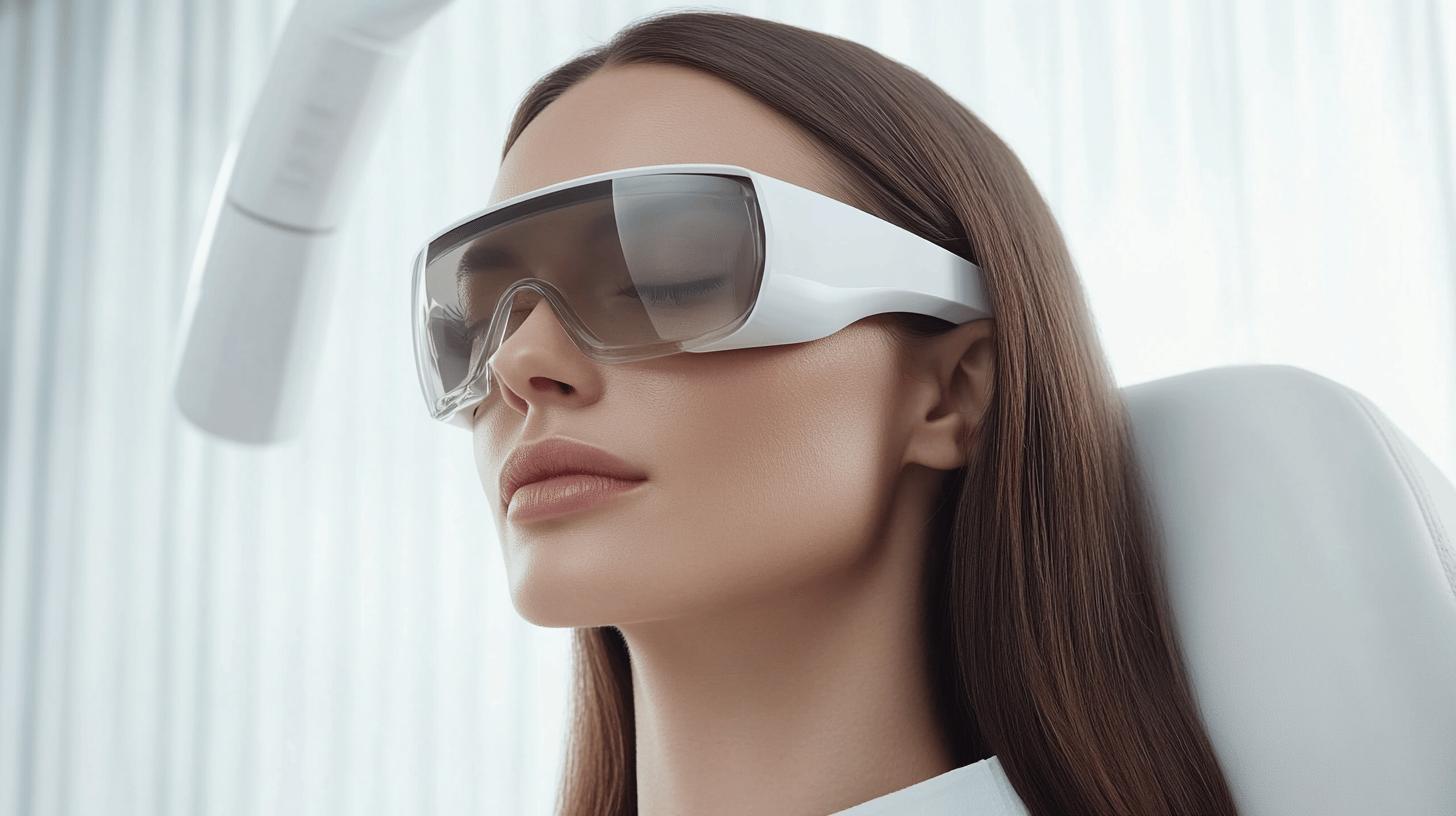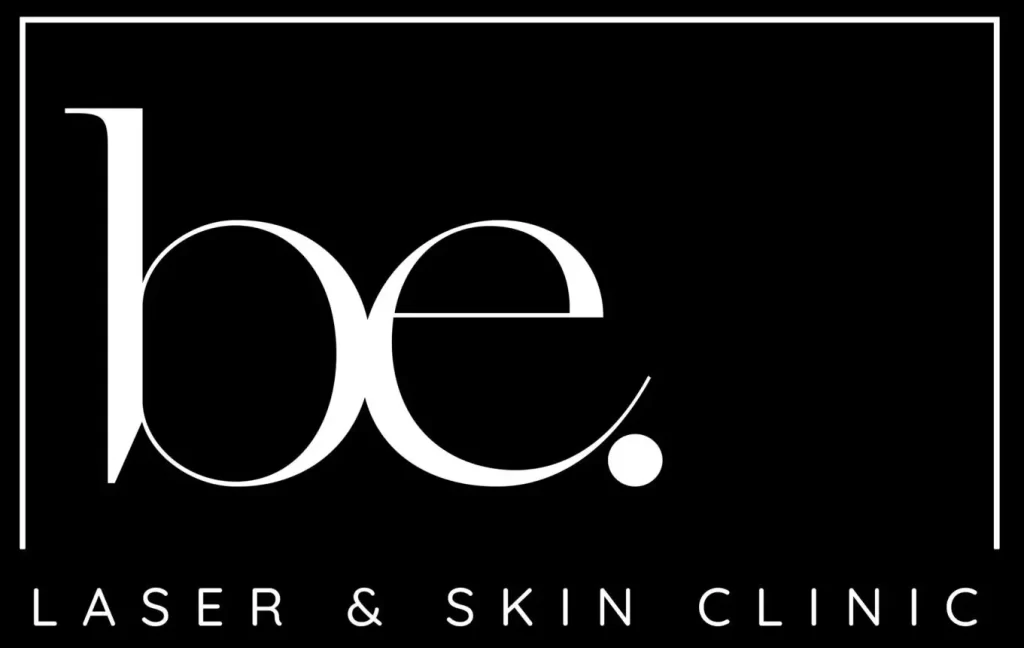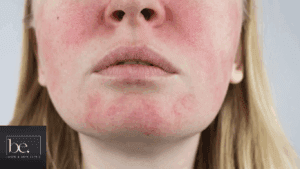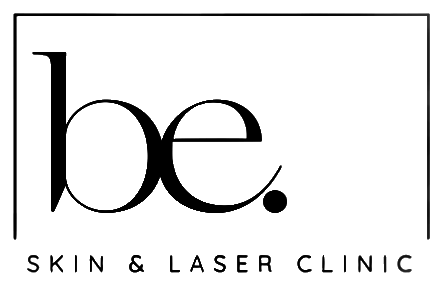Does the mere thought of laser hair removal evoke images of unbearable pain and discomfort? The truth about laser hair removal pain might just surprise you. While some akin the sensation to a mild stinging or the snap of a rubber band against the skin, it’s essential to recognise that experiences are subjective and vary broadly. Delving into the specifics—from the body area being treated to individual tolerance and laser technology—can demystify the process. This article uncovers what you need to know, ensuring you’re not just informed but prepared, for your journey to hair-free skin.
Understanding Laser Hair Removal Pain Levels
Laser hair removal pain is often described as a sensation similar to mild stinging or akin to a rubber band snapping against the skin. This experience, however, is subjective and varies significantly based on individual pain tolerance. While some may find the discomfort minimal, others may perceive it as more intense. The technology used plays a crucial role in this perception, as different laser types emit varying levels of heat and intensity. Despite this, the consensus is that laser hair removal pain is more tolerable than other methods like waxing.
Certain body areas are more sensitive due to thinner skin or higher nerve density, increasing discomfort during treatment. Commonly reported areas of sensitivity include:
- Underarms
- Upper lips
- Back
- Bikini area
Individual factors significantly influence the pain experienced during laser hair removal. Skin type can affect sensitivity, as those with darker complexions may feel more discomfort due to increased melanin absorption of the laser energy. Additionally, the laser type can affect the pain level experienced. Alexandrite lasers, for instance, are typically less painful on lighter skin tones, whereas Nd-YAG lasers are better suited for darker skin tones, offering a more comfortable experience. Personal pain thresholds, combined with these factors, determine the overall level of discomfort one might feel during the procedure.
Factors Affecting Laser Hair Removal Pain
The type of laser used during hair removal significantly influences the level of discomfort experienced. Alexandrite lasers, known for their rapid and comfortable treatment, work best for individuals with light to olive skin tones, ensuring minimal pain due to their swift action. Diode lasers, recognised for their versatility, effectively cater to a broad spectrum of skin types, offering a balanced comfort level across varying complexions. Nd-YAG lasers, meanwhile, are particularly effective for darker skin tones, providing a safer and more comfortable experience by minimising the risk of skin damage. Selecting the appropriate laser type is crucial to managing pain and maximising the effectiveness of the treatment.
Pain levels during laser hair removal are also affected by the specific body area being treated and individual pain tolerance. Areas with thinner skin or higher nerve densities, such as the underarms, upper lips, back, and bikini area, tend to be more sensitive, leading to increased discomfort during treatment. Personal pain thresholds play a significant role as well, with some individuals experiencing more discomfort than others. Understanding these factors can help individuals prepare for the procedure and manage expectations regarding the level of pain they might feel.
Techniques to Minimise Pain During Laser Hair Removal

Effective communication with the provider is essential in managing and reducing pain during laser hair removal sessions. Clients should openly discuss their concerns and pain thresholds with the laser technician to tailor the treatment plan accordingly. Providers can offer insights into the most suitable laser types and settings for individual skin types, which can significantly impact comfort levels. Additionally, discussing potential pain management strategies in advance, such as using numbing creams or cooling techniques, can prepare clients for a more comfortable experience.
Here are some effective pain management techniques that can be considered:
- Numbing Creams: Applied before the session, these can help desensitise the skin.
- Cooling Techniques: Using cold air or chilled devices to soothe the skin during treatment.
- Specialty Laser Machines: Advanced machines designed to enhance comfort during procedures.
Numbing creams are a popular choice for reducing discomfort, though their effectiveness can vary between individuals. These topical anaesthetics are typically applied 30 to 60 minutes before the procedure, numbing the skin to lessen the sensation of the laser. Cooling techniques are another beneficial option. Devices that emit cold air or use contact cooling can be applied during the session to alleviate the heat and discomfort caused by the laser. Both methods can significantly enhance the overall experience, making the process more tolerable and less daunting for clients.
What to Expect Before, During, and After Laser Hair Removal
Before Laser Hair Removal
Preparation is crucial to ensure the effectiveness and comfort of laser hair removal. Avoid sun exposure and tanning at least two weeks prior to treatment, as tanned skin can increase the risk of burns or pigmentation changes. Refrain from using certain skin products, such as retinoids and exfoliants, for a few days before your appointment to reduce skin sensitivity. Shave the target area 24 hours before the session. This helps the laser focus on the hair follicle beneath the skin without interfering with surface hair, reducing the risk of burns.
During Laser Hair Removal
During the procedure, some level of discomfort is expected. Clients may feel sensations like mild stinging or a rubber band snapping against the skin. Staying relaxed can help manage these sensations. It’s essential to communicate with the technician if the discomfort becomes too intense, as setting adjustments or additional cooling measures can be applied. The treatment time varies depending on the area, from a few minutes for small areas to over an hour for larger zones.
After Laser Hair Removal
Post-treatment care is essential to minimise discomfort and enhance results. Expect some redness, itchiness, or irritation, typically lasting 1-3 days. A soothing aloe vera gel or a cool compress can alleviate these symptoms. Avoid sun exposure and use sunscreen on treated areas to protect the skin and prevent pigmentation changes. Follow specific aftercare guidelines provided by your technician to ensure optimal healing and effectiveness of the treatment.
Comparing Laser Hair Removal Pain to Other Methods
How does laser hair removal compare to waxing in terms of pain? Many individuals find laser hair removal less painful than waxing. Waxing involves ripping hair out from the root, causing intense and immediate pain. In contrast, laser hair removal uses concentrated light to target hair follicles, often resulting in a sensation akin to mild stinging or a rubber band snap. IPL (Intense Pulsed Light) technology offers an even less painful alternative to traditional laser hair removal, using less concentrated light pulses to weaken hair follicles progressively.
Alternative pain relief options to consider during laser hair removal include:
- Taking over-the-counter pain relief medications before the session to help manage discomfort.
- Practising relaxation techniques, such as deep breathing, to ease tension during treatment.
Despite the discomfort, why is laser hair removal often considered worth enduring? The long-term benefits make the temporary pain a worthwhile trade-off for many. Laser hair removal provides more permanent results than waxing or shaving, which require frequent maintenance. Over time, the investment in laser hair removal can save both time and money, offering smooth, hair-free skin with minimal effort.
Professional Advice and Personal Experiences on Laser Hair Removal Pain

What do professionals advise for managing laser hair removal pain? Experts unanimously recommend discussing any concerns with your provider before starting the treatment. Providers can tailor the treatment to suit individual needs by addressing pain thresholds and discomfort levels. Dermatologists and technicians often suggest using pain management techniques, such as numbing creams or cooling devices, to enhance comfort during the procedure. Maintaining an open dialogue with the technician throughout the process is crucial to ensure any adjustments can be made in real-time, ultimately leading to a more comfortable experience.
Personal experiences with laser hair removal often highlight the tolerability of the procedure over time. Here are some testimonials that reflect common client sentiments:
- “The discomfort was minimal and became less noticeable with each session.”
- “Initially, I was apprehensive, but the pain was less than expected, and the results were worth it.”
Why is Be. Laser & Skin Clinic Taunton is highly recommended for laser hair removal. Known for its expertise and patient care, Be. Laser & Skin Clinic Taunton is praised for its professional approach to pain management during laser treatments. Clients report feeling at ease due to the clinic’s attentive and knowledgeable staff, who ensure each session is as comfortable as possible. The clinic’s reputation for delivering effective results while prioritising client comfort makes it a top choice for those considering laser hair removal.
Final Words
Exploring the Truth About Laser Hair Removal Pain: What to Expect clarifies the varying discomfort levels experienced. It offers a comprehensive view, from discussing pain sensations to factors like laser type and body area. Highlighted mitigation techniques, such as numbing creams and cooling, provide practical solutions. Additionally, preparing for each treatment phase aids in managing expectations.
Comparing pain with other methods underscores its benefits. Professional advice and patient testimonials negate fear, emphasising providers’ expertise like Be. Laser & Skin Clinic. Armed with this knowledge, embarking on laser hair removal promotes a more confident and informed decision.
FAQ
Is laser hair removal permanent?
Laser hair removal provides long-term hair reduction but not complete permanence. Patients may experience some regrowth, which is typically finer and lighter. Maintenance sessions might be required.
Does laser hair removal hurt, especially in sensitive areas?
Laser hair removal discomfort is subjective and likened to mild stinging or snapping. Due to thinner skin, sensitive areas like the bikini and underarms might be more painful.
How badly does laser hair removal hurt?
Pain levels vary based on individual tolerance and body areas. Many describe it as a feeling like a rubber band snapping against the skin.
How does one tolerate laser hair removal pain?
Tolerating laser hair removal pain involves using numbing creams, discussing cooling techniques with your provider, and staying relaxed during the procedure for comfort.
Is laser hair removal safe?
Laser hair removal is generally considered safe when performed by licensed professionals. Always consult with a certified technician for safe and effective treatments.
Can laser hair removal lead to cancer?
Current research indicates no direct link between laser hair removal and cancer. It’s advised to follow safety guidelines and consult with a qualified practitioner.
How do you manage and reduce laser hair removal pain?
Managing pain involves communicating with your provider, utilising numbing creams, and using cooling techniques during the session. These methods can significantly reduce discomfort.
Why might laser hair removal hurt more with each session?
Pain perception might change due to increased sensitivity to treatment or psychological factors. Consultation with your provider may help adjust techniques for comfort.
How long does laser hair removal last?
Laser hair removal effects can last several months to years, with a permanent reduction in hair growth over time. Maintenance sessions may be required to sustain results.
Is laser hair removal more painful than childbirth?
Pain experiences are highly subjective. Compared to childbirth, many find laser hair removal pain manageable and less intense, though individual pain thresholds vary.




